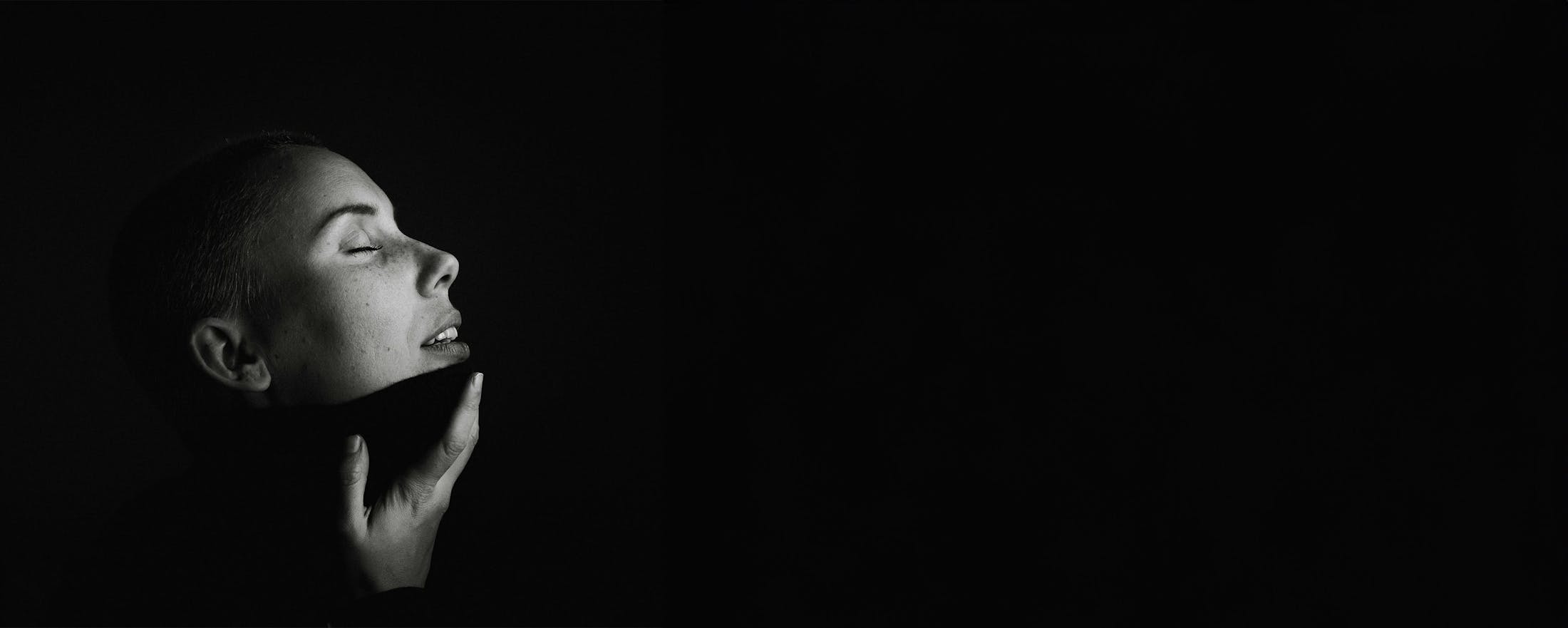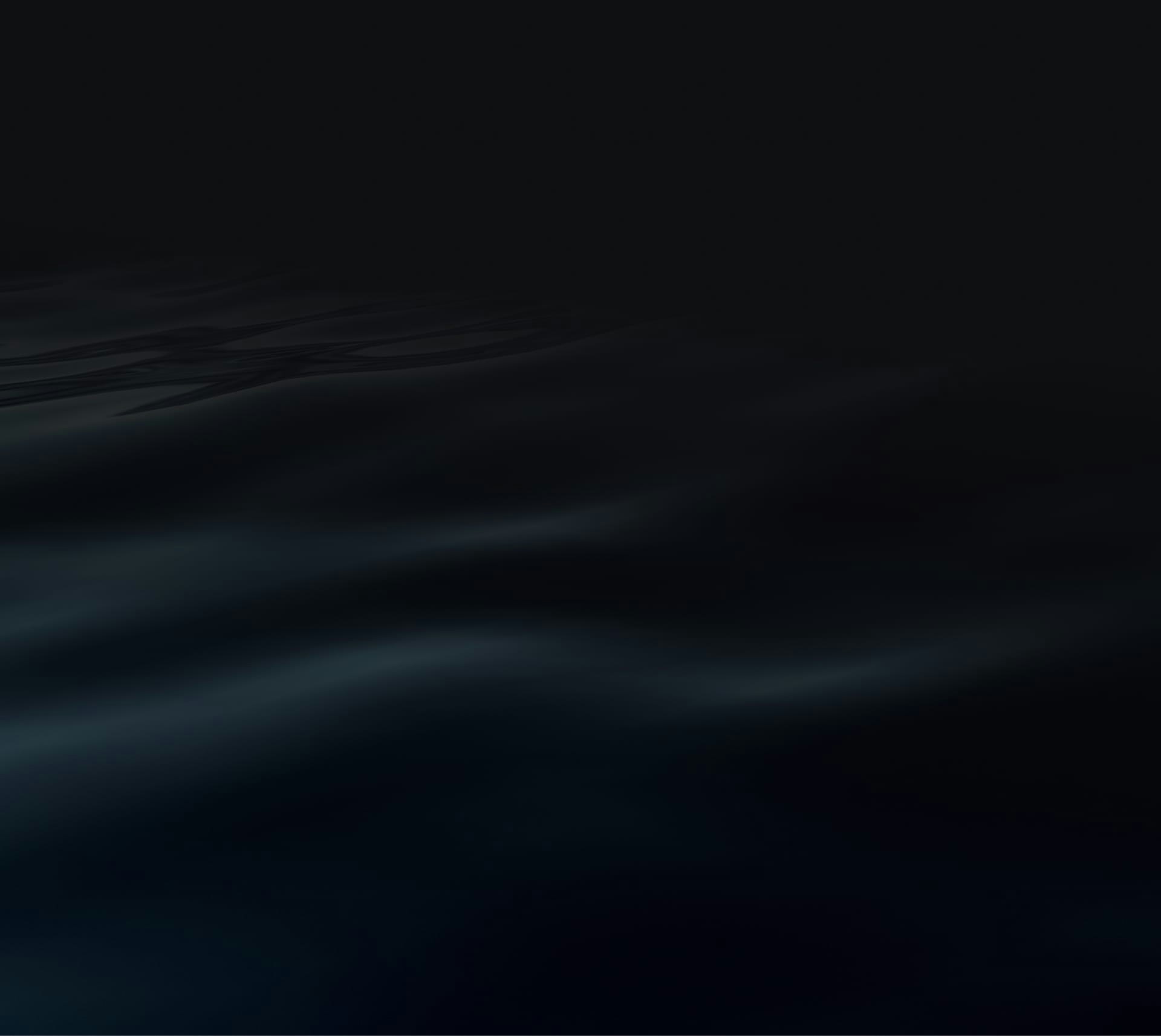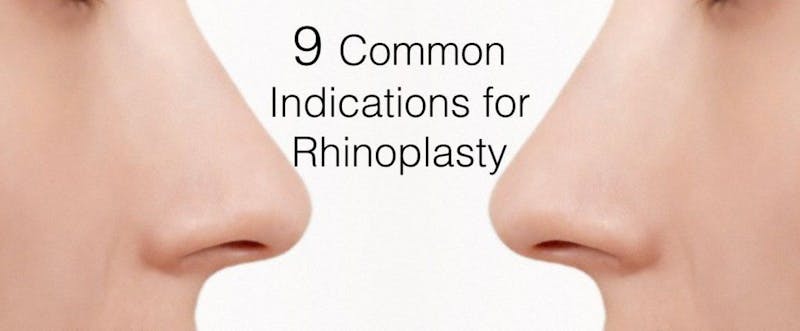
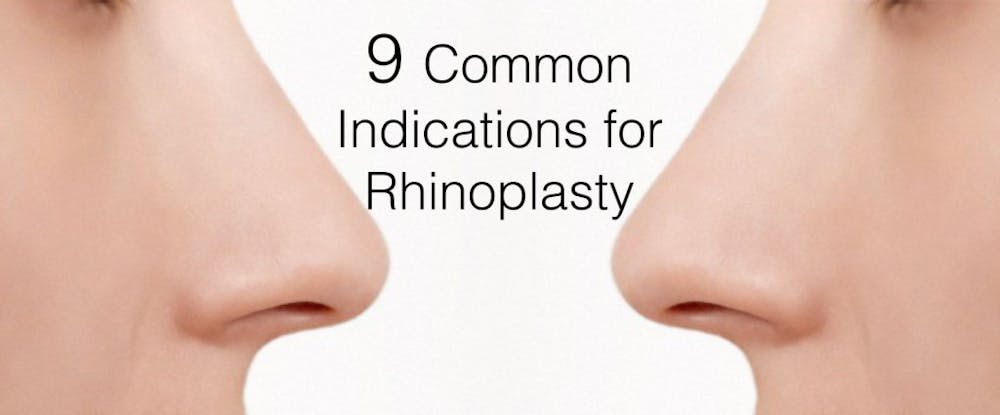
There are many reasons why people seek to change their nose through rhinoplasty. Rules of symmetry and ideal proportion can be applied to nose shape, and when the nose overpowers the face because of irregularities, rhinoplasty can bring harmony to all the facial features. An injury to the nose calls for rhinoplasty to repair the damage, for without correction, breathing and visual aesthetics can be compromised.
Here are 9 of the most common reasons for undergoing Rhinoplasty.
Dorsal Hump
A bump on the bridge of the nose, usually made of cartilage and bone. This can be either congenital (hereditary) or acquired (trauma).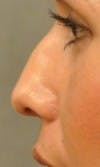
Long Nose
The nose projects too far from the face. The length of the nose needs to be reduced, often requiring reduction of both the septum and tip structures.
Boxy, Bulbous or Wide Tip
Deformities of the lower cartilaginous tip structure. The ideal tip is triangular in shape.
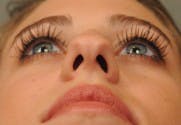
Droopy Tip
Tip of nose hangs down, especially when smiling, and often associated with a long nose. The tip needs shortening and elevation. Sometimes requiring a graft or columellar strut.
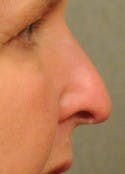
Wide Dorsum
Wide nasal bridge. The bones need to be narrowed (see osteotomies).
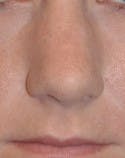
Wide Nostril/Nostril Base
Overly wide nostrils or nasal width can be correction with resection of the soft tissues on the outward aspect of the nostrils (see alar resections).
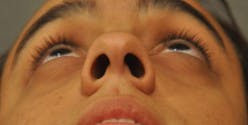
Deviated Tip
Rotation of the nasal tip, often associated with a deviated septum (bone and cartilage that separates the airways). The tip structures may need cartilage grafts.
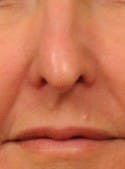
Asymmetry of the Nose
Usually from a traumatic event or congenital condition. Structures need reinforcement, scar tissue removal, and realignment.
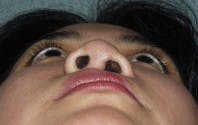
Difficulty Breathing
Can occur from severe allergies or trauma to the septum (septoplasty).
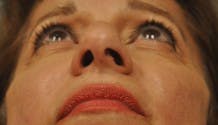
The nose you are born with does not have to be the nose you live with. However, a rhinoplasty procedure is largely a cosmetic decision and therefore not covered by insurance plans. With the exception of trauma to the nose where rhinoplasty is awarded through a legal avenue, you must pay for the aesthetic changes you desire. Even in the case of a deviated septum, only the repair of the septum (septoplasty) can be billed to your insurance plan.
For more information on Rhinoplasty contact us below. Dr. Gilbert Lee is a triple board-certified plastic surgeon with extensive experience in nose reshaping.
